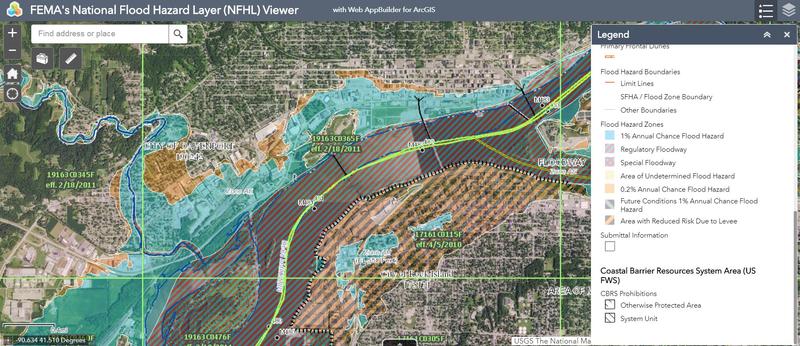

The spring and summer rainfall of 1993 is unmatched in the historical records of the central United States. Nonetheless, the long-lived ENSO event probably contributed to the large-scale atmospheric features associated with the persistent 1993 Mississippi and Missouri River valley flooding. In 1992, similar but less intense circulation features were observed however, no extreme flooding occurred in the United States. Finally, by late July and August of 1993, a change in the upper air circulation pattern brought drier conditions to the Midwest as the trough shifted eastward.Īn El Nino/Southern Oscillation (ENSO) episode occurred during 19. The front also served as preferred location for unusually strong and frequent cyclones, spawned by the combination of the unseasonably vigorous jet stream overhead and the relatively strong frontal boundary at the surface.

The quasi-stationary jet stream aloft was associated with a stationary surface front that allowed frequent and nearly continuous overrunning of the cooler air to the north by the moisture-laden air from the south. Consequently, even before the onset of heavy summer rains, most of the Upper Midwest had saturated soil and well above-normal streamflows.Ī highly anomalous and persistent atmospheric pattern of excessive rainfall occurred across much of the upper Mississippi River valley and the northern and central Great Plains during June, July and the first half of August 1993, generating devastating record flooding along the upper Mississippi and lower Missouri Rivers and many of their tributaries.ĭuring the summer of 1993, the mean position of the jet stream had become firmly established over the northern portion of the Mississippi River basin with a southwest-northeast orientation. By late March 1993, extremely moist conditions covered much of Kansas, South Dakota, Iowa, eastern Nebraska, southern Minnesota and Wisconsin, and northern Illinois as a result of the combination of the wet fall and spring snowmelt. In August 1992, wet soil conditions began to appear in the central Great Plains, then increased dramatically by late 1992, encompassing portions of the central, eastern, and southeastern United States. Soil moisture conditions can be measured by the long-term Palmer Drought Index. This set the stage for rapid runoff and record flooding that followed excessive June and July rainfall. This wet period moistened soils to near saturation an raised many stream levels to bankfull or flood levels. The flood had its origins in an extended wet period starting 9 to 10 months prior to the onset of major flooding. Louis Flood wall, built to handle the volume of the 1844 flood, was able to keep the 1993 flood out with just over two feet to spare. Louis Missouri, river levels were nearly 20 feet above flood stage and had never been this high in its 150 year history. Over 1,000 flood warnings and statements, five times the normal, were issued to notify the public and need-to-know officials of river levels. The 1993 flood broke record river levels set during the 1973 Mississippi and the 1951 Missouri River floods. Louis National Weather Service (NWS) forecast area, encompassing eastern Missouri and southwest Illinois, 36 forecast points rose above flood stage, and 20 river stage records were broken.

Some areas received more than 4 feet of rain during the period. Their persistent, repetitive nature and aerial extent throughout the late spring and summer, bombarded the Upper Midwest with voluminous rainfall amounts. These conditions were followed by persistent weather patterns that produced storms over the same locations. The stage was set in 1992 with a wet fall which resulted in above normal soil moisture and reservoir levels in the Missouri and Upper Mississippi River basins.

Uniquely extreme weather and hydrologic conditions led to the flood of 1993. The number of record river levels, the aerial extent, the number of persons displaced, amount of crop and property damage and its duration surpassed all earlier U.S. The size and impact of the Great Flood of 1993 was unprecedented and is considered the most costly and devastating flood to ravage the U.S.


 0 kommentar(er)
0 kommentar(er)
